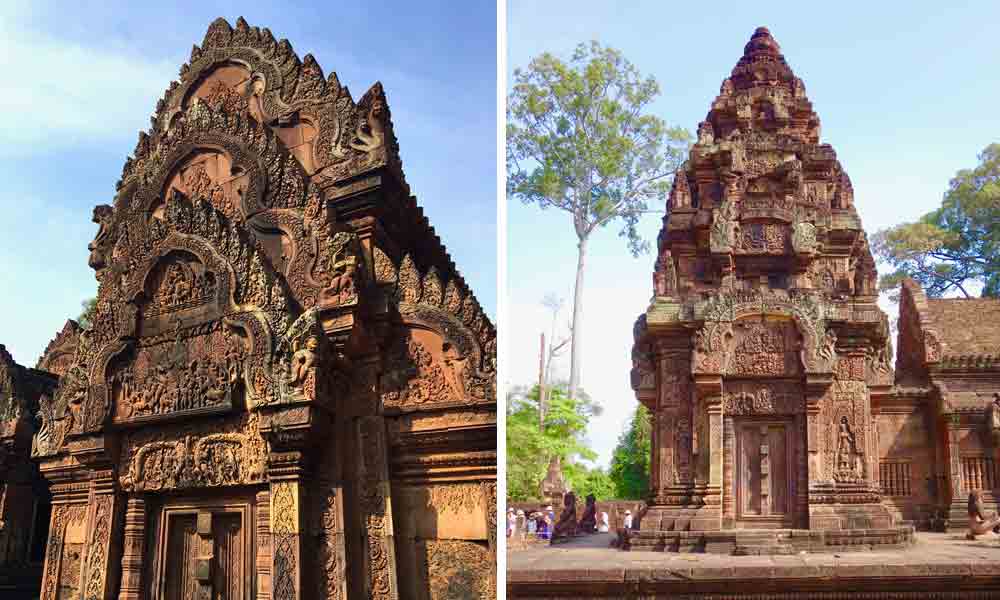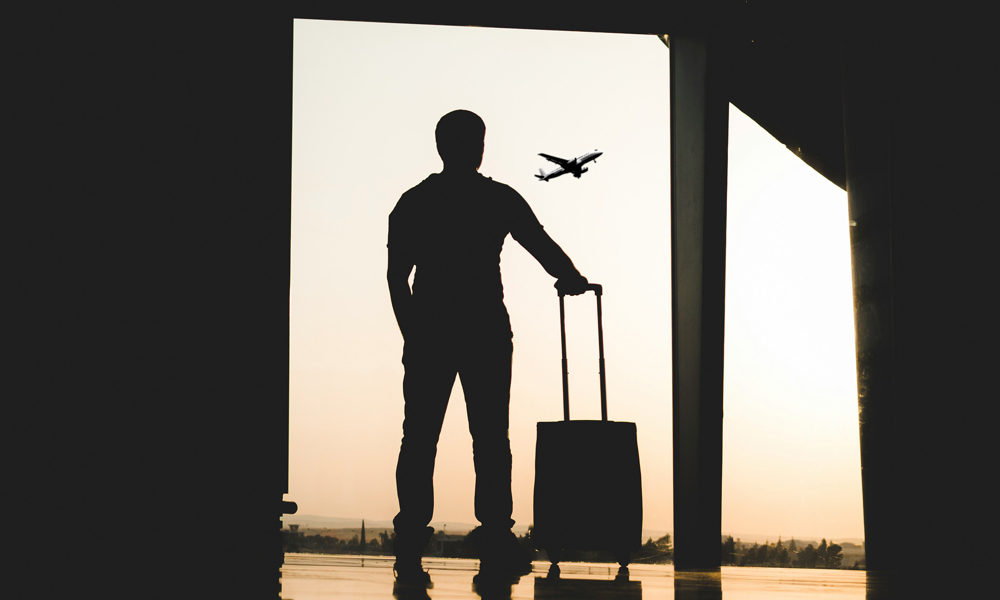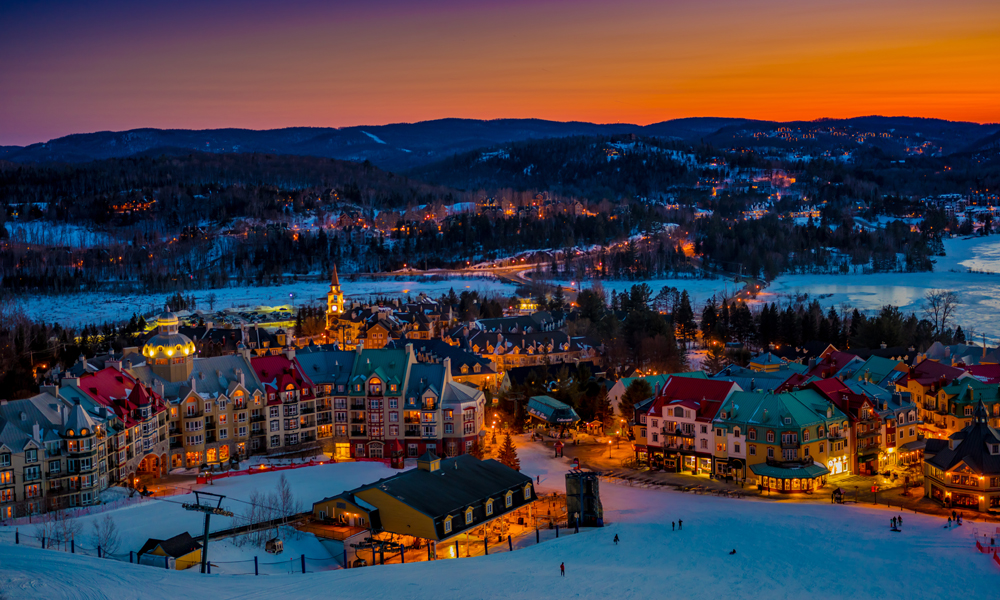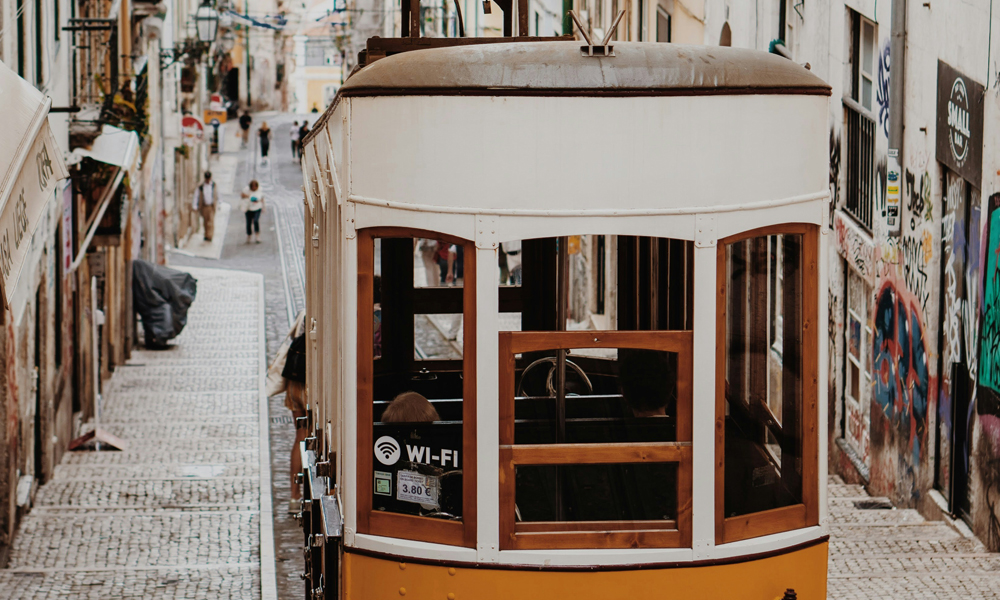The most popular tourist town in the Kingdom of Cambodia delivers down-to-earth hospitality with a side of high-style indulgence…
It takes me a full five minutes to realize that the sumptuous digs I’ve stepped into on the outskirts of Siem Reap is our actual Villa Ni Say—not just a reception or common area, but our own private giant space. I nearly faint on the polished cement flooring.
Tommy, the property manager—tall, blond, Belgian—is showing us around, but I’m not hearing a single word. I’m too busy gawking at the raised kitchen/bar island, the glossy wood furnishings and the giant glass walls that open like big, big doors out onto a tidy garden. Matte-black fans spin overhead and bright red chairs ring a hand-carved dining-room table. The outer courtyard gives way to a salt-water pool. Little geckos lounge on the walls, listening to our conversation, chiming in occasionally when they’re not fast asleep. We are in heaven.
Tommy has hooked us up with this nifty villa for a few days before we check into another resort he runs in town. It turns out that he actually resides in one corner of the Ni Say, so it’s like we’re housemates. It doesn’t take us long to settle right in.
I wasn’t expecting so much splendour in this little tourism town, considering Cambodia isn’t exactly known for its swellegance. But in addition to the busloads of visitors on a pilgrimage to the nearby ancient temple ruins of Angkor Wat and the carefree backpackers hanging out on Pub Street, Siem Reap has a refined side.
“What I like the most about Siem Reap are the people and the vibe,” Tommy says. “Khmer people are very genuine and a delight to work with.” He has lived in Cambodia for eight years and is comfortable in the expat hospitality life, a community where there is an enormous mutual spirit of helping one another. “Attraction-wise, there are, of course, the magical temple complexes and the beautiful countryside, which is the perfect scenery for some nice bicycle trips,” he says.
I take to the town instantly—the buzz of the motorbike-powered tuk-tuks, the smell of wood smoke and jasmine in the air, the lush green landscape, the exotic ambience. The fact that my dollar goes a long way also brightens my smile on more than a few occasions. This little city of 200,000 is subdued and a little shy, the people friendly and relaxed, and very practised at making tourists feel welcome—mostly by leaving them alone. “If they like you, they like you. If they don’t, you will notice,” Tommy says.

There are two sides to the main part of town, split by the Siem Reap River. The Old Market side is full of pedestrian markets, design stores and crafts stalls mixed with local businesses, plus the bar and café laneways that draw the crowds at sunset. On the other side of town, the quiet Wat Damnak side (so named after a landmark temple), we parade past a number of small boutique hotels, but none more gorgeous than our next home base, Rambutan Hotel & Resort, a little oasis on a pedestrian side street, about a five-minute walk from the busier part of town. It is a three-pronged property: a main hotel with 16 rooms, a 10-room resort wing and five luxury apartments.
“People feel at home here. With the pool in the middle and the rooms built around it, it’s like Melrose Place,” Tommy says. “It’s not big, but there are enough corners that you can have your own quiet spot.” The hotel started off being super-gay, but now the clientele is very mixed. “We get the nice crowd, a mix of Americans, Canadians, Australians, Europeans, and those closer to home—Chinese, Japanese and Korean. We get a lot of solo women travellers, mostly older, who come back a few times a year.”
Here, too, the style is what connects with us instantly—a mix of Balinese, French, Khmer and Indonesian elegance—things the owner has picked up in his travels over time. “Every room is different,” Tommy says. “The palm wood we are using is not tropical, so it’s harder, and environmentally better than teak. All the tiles are handmade locally in Siem Reap—even the new ones look like they’ve been there forever.”
Tripping around in a tuk-tuk
When we strike out one morning for a full day of temple-trekking, we opt to fit three of the more popular ruins into our agenda. You could easily spend a week combing through each of the temples, but we earmark just a day and make it work.
At Banteay Srei, a 10th-century miniature temple dedicated to the Hindu god Shiva, we marvel at the intricate red sandstone carvings. Despite their age, each piece tells a story so romantic you can easily see why this temple is a visitor favourite. Restoration is in full swing at nearby Ta Prohm, built in the late 12th century. This rejuvenation is taking place stone by stone, made more difficult by the number of extremely tall tetrameles trees that have grown through the ruins over the centuries. The gem of the day is, of course, the giant Angkor Wat, the largest religious monument in the world, built in the high classical style of Khmer architecture. We are stunned into silence by its majestic expanse, and by the myriad murals and intricate filigree.
Our day in the countryside is countered with a town day doing nothing but wandering the shops, buying exquisite handwoven fabric, fingering the plethora of handbags, disappearing into the spas—which range from the simple to the sublime—and sitting on a patio whenever we feel like it, drinking in the atmosphere.
We start off most evenings having Tong the bartender mix us pepper-infused martinis at the Rambutan, and follow that with visits to a few of Siem Reap’s many restaurants.
A mouth-watering meal at the inexpensive Spoons turns out to be one of the most delicious. It’s the local cooking school and hospitality training centre, so everyone is a student and we are the guinea pigs for the evening. We devour fresh spring rolls, chicken satays, coconut red snapper, and a prawn and sweet potato curry. The colours of the placemats here seem a bit familiar: a soft light blue and a dove grey. They turn out to be crocheted from leftover fabric used to make cleaning cloths for luxury sunglasses by a company cleverly called Scrap.

At The Embassy, we experience an exquisite fine-dining Khmer cuisine experience, plowing through a seven-dish set menu with four wine pairings, which is astoundingly inexpensive at $70. We savour minced shrimp on rice crackers, beef cheek soup and steamed white tuna, all beautifully presented. During one course, I brave the red ant sauce, which tastes very like much roast beef gravy. One of the two talented chefs visits our table at the end, leaving us with a small box of fresh macaroons to go.
Later, Tommy takes us via tuk-tuk to Bar Code to watch the drag shows, which, even on a weeknight, draws local men and women, expats and tourists alike—it’s a fun mix.
Happily, public awareness and acceptance of same-sex couples has been increasing since the 1990s. “Most Cambodian people, especially in the city, such as Siem Reap and Phnom Penh, are extremely gay-friendly towards foreigners—as long as it doesn’t happen in their own families,” Tommy says. “It will take some time before the Khmer generation accepts LGBT people. They still are a bit behind, but I have the feeling that it is slowly changing in a good direction.”
King Norodom Sihamoni and other government officials support same-sex marriage, though that reality is further down the road. And word on the street has it that even Prime Minister Hun Sen, who disowned his lesbian adopted daughter in 2007, has softened his stance. Signs of things to come perhaps.
The Rambutan was ahead of this curve, supporting its gay staff and welcoming a gay clientele since 2006. We are sad to pack up—particularly since our apartment is so gorgeous. We can’t seem to locate Tommy when it comes time to go, so we head off to our cab, only to have him run up from behind with a big hug.
They also have a Rambutan Hotel in Phnom Penh. I start pricing flights the minute I get home.
When you go
Siem Reap is a 30-minute flight from Phnom Penh and a two-and-a-half-hour flight from Hong Kong. The green season starts in June, followed by the dry season in November. Try to avoid April and May, as ambient temperatures can hit 40°C. Visit TourismCambodia.com for more details.
—
DOUG WALLACE is the editor and publisher of travel resource TravelRight.Today.






POST A COMMENT